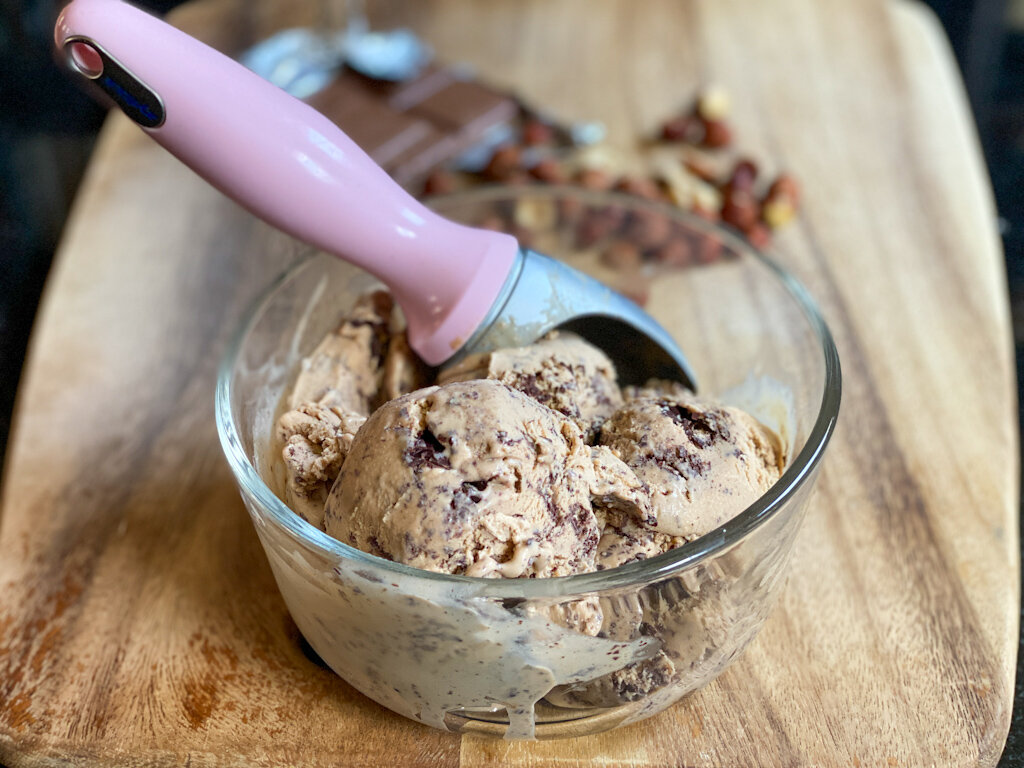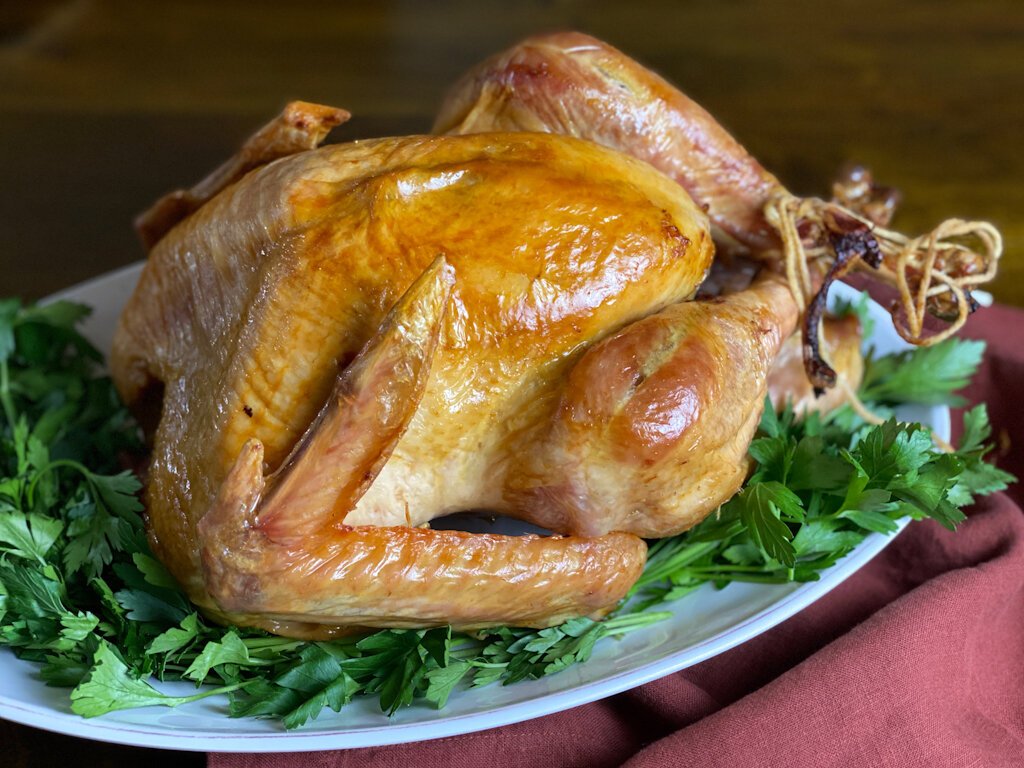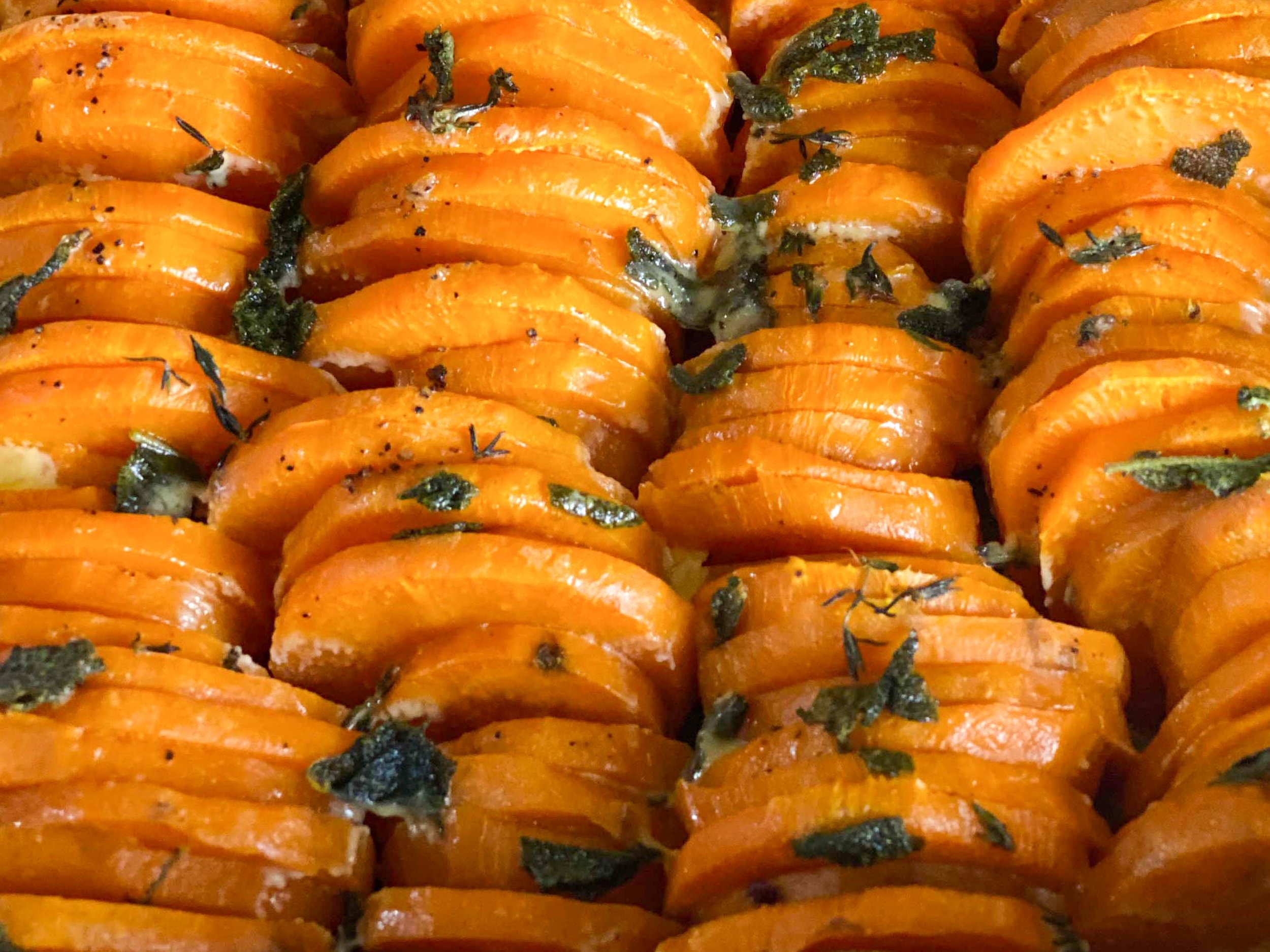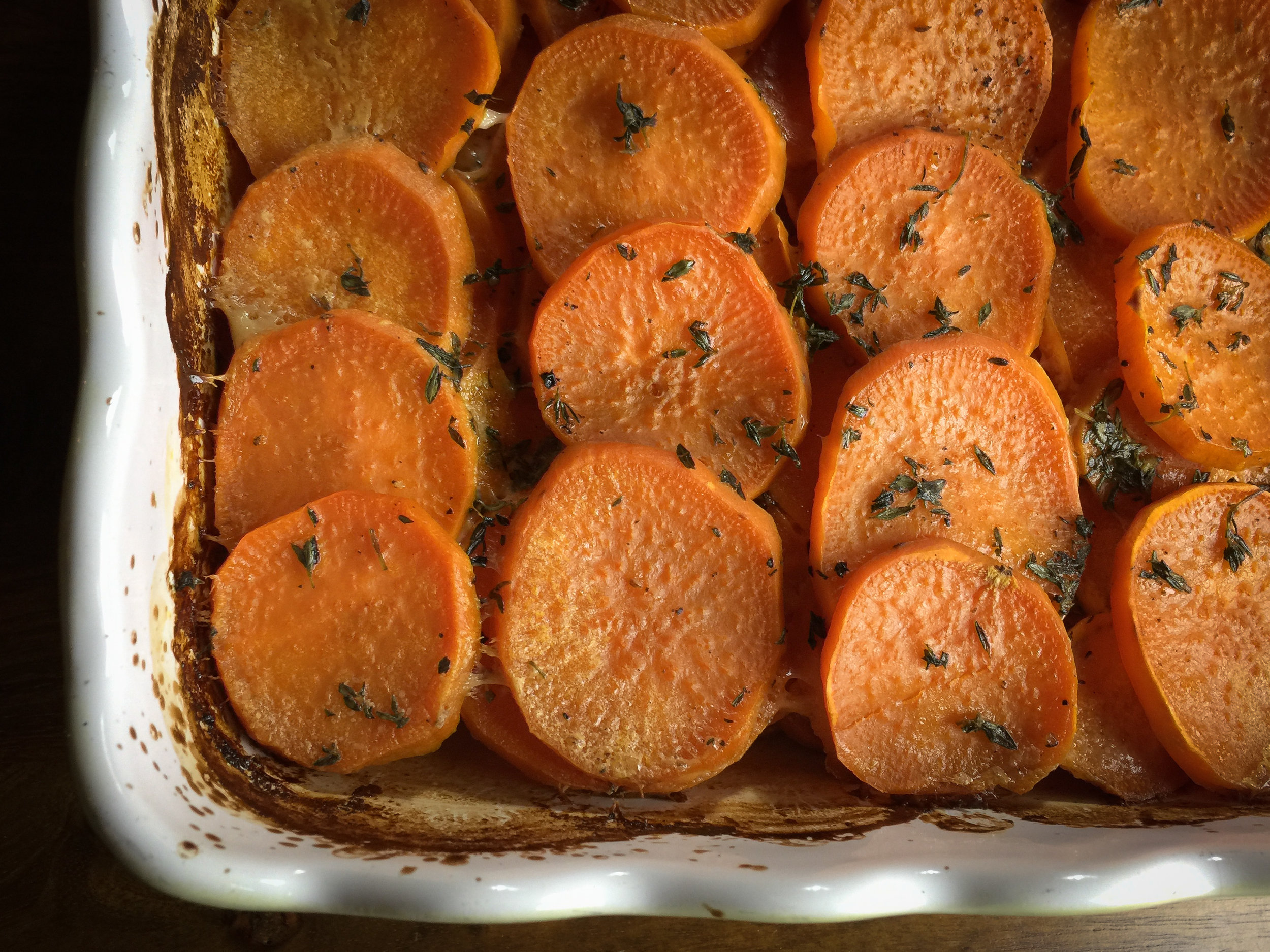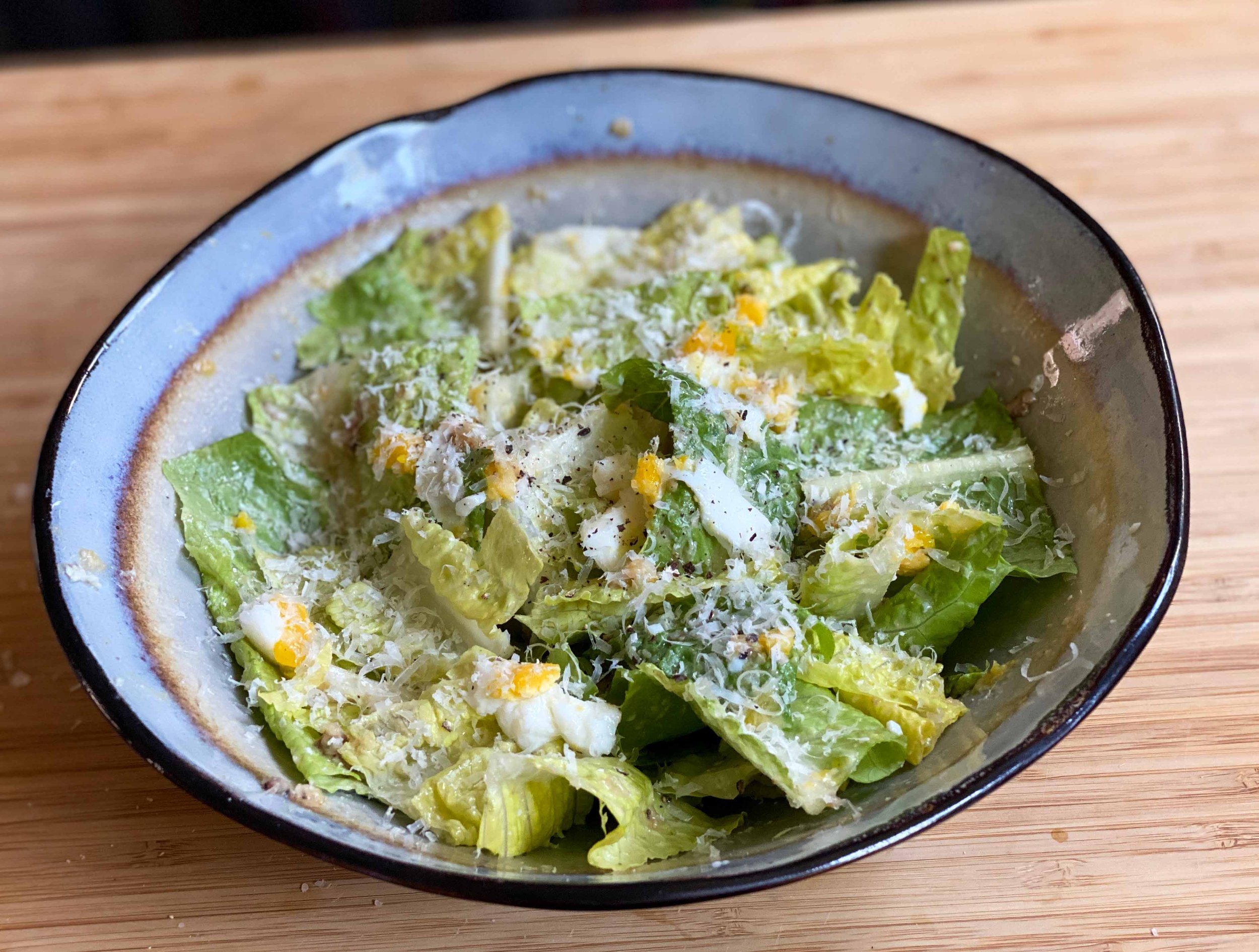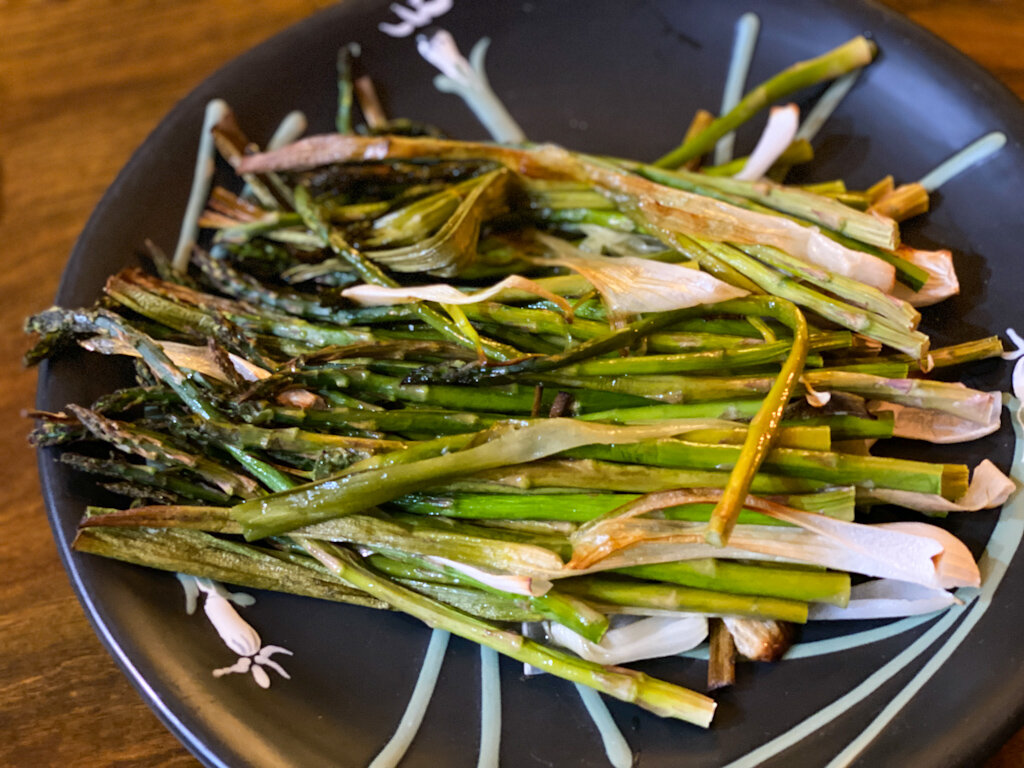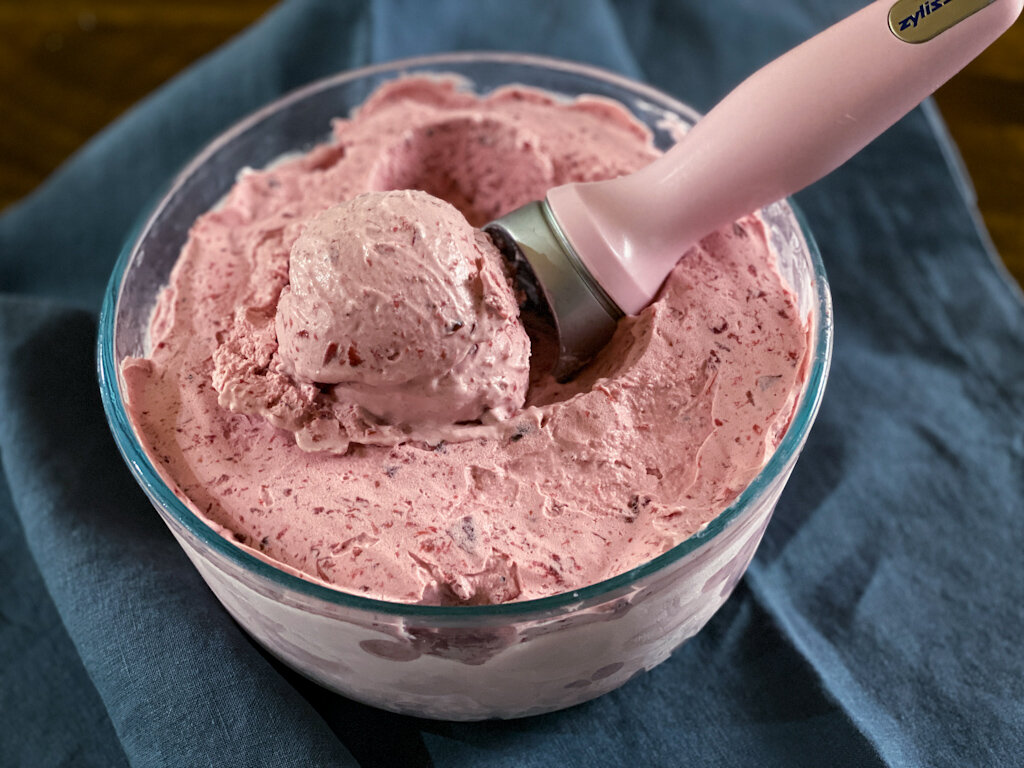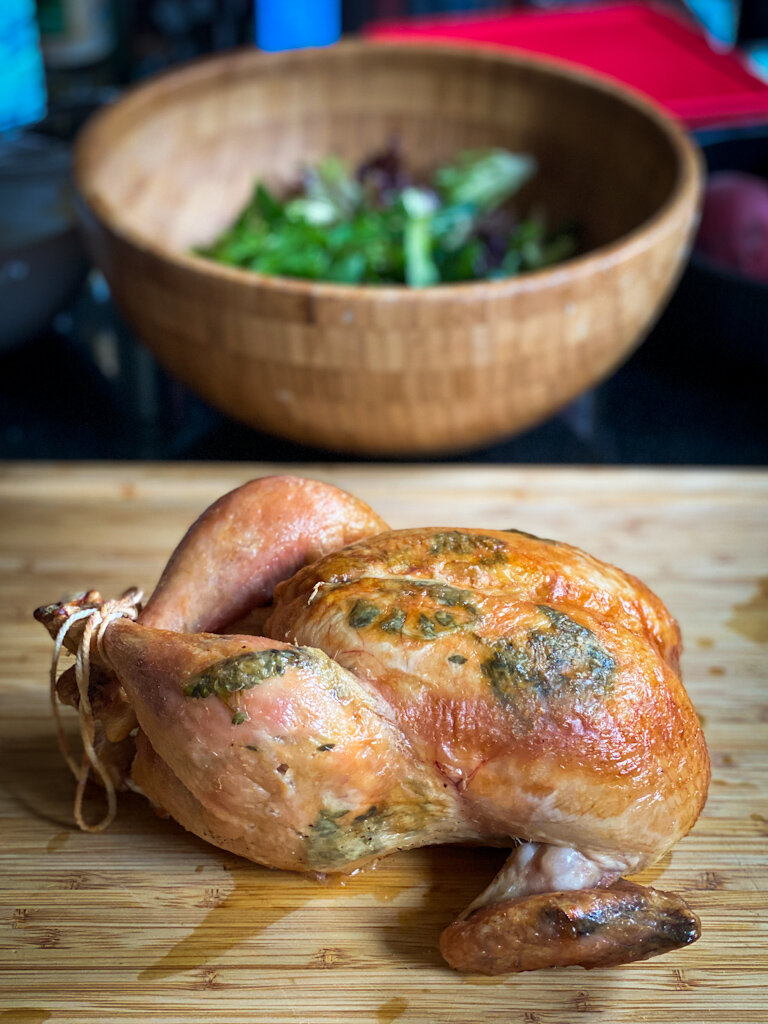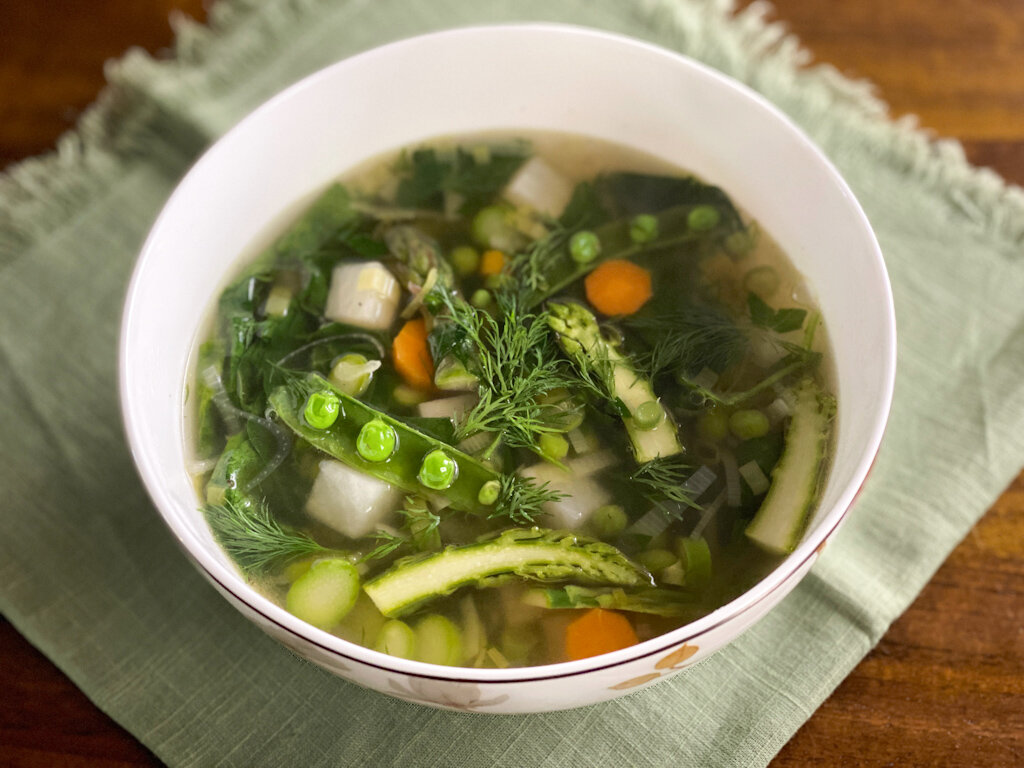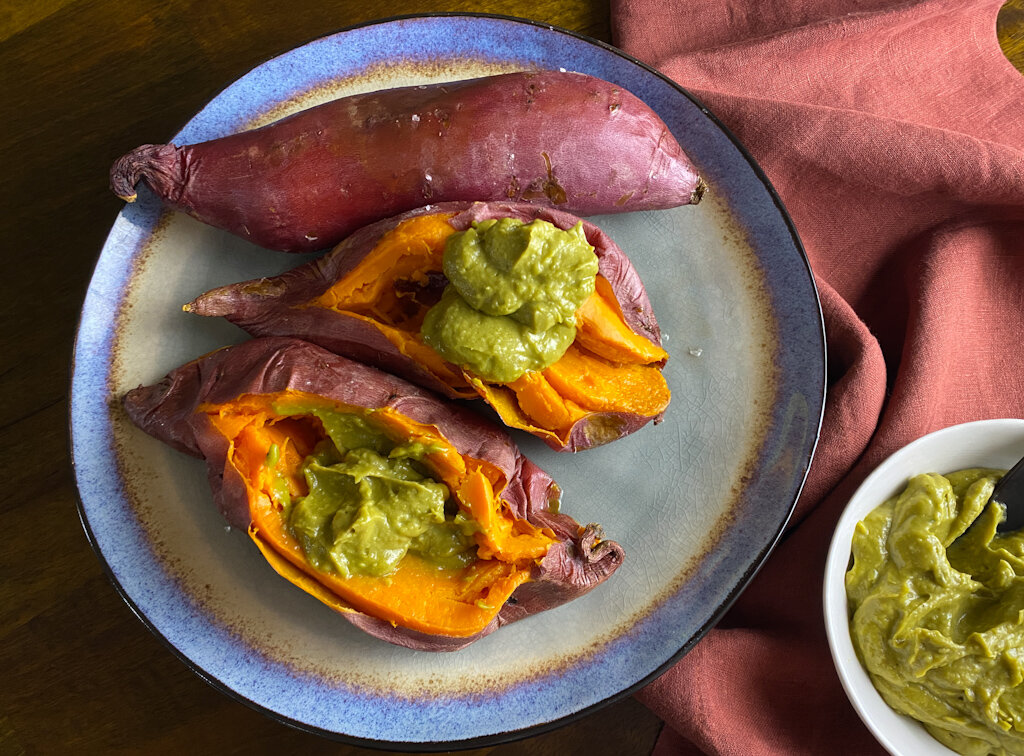You might think that when it comes to creamed spinach, the richer the better. You’d definitely think so if you took a spin around the internet looking for recipes: They’re laden with daring amounts of heavy cream, sometimes even cream cheese. Often they’re so white from cream that the spinach nearly disappears. That’s not creamed spinach; that’s spinached cream.
I take the lighter view: I love a version that’s creamy in texture, but relatively light on the palate. I want to taste that lovely spinach more than the phat mouthfeel of heavy cream, but still want enough of a sauce to bind it deliciously together and soften the spinach’s astringency. A dash of nutmeg supplies a sweet middle note, a touch of perfume.
This recipe — which is delightfully simple — delivers maximum wonderfulness. For my money, it’s the perfect creamed spinach recipe.
It’s easy to shop for. You need one pound of baby spinach, which is one of those oversized clamshells. Part of a white onion, diced fine. Two tablespoons of butter, two tablespoons of flour, which you probably already have. A quarter teaspoon salt, and a little less freshly ground white pepper and freshly grated nutmeg.
If you have a kid learning to cook, or a pod-mate who thinks creamed spinach can only come from the kitchen of a steakhouse, have them watch; it’s actually pretty cool if you’ve never done it. Next time, you might not even need a recipe because the proportions are so simple.
Start by cooking the spinach on top of a couple inches of boiling salted water, so it doesn’t lose too much volume. Drain it well, but don’t squeeze it dry, then chop it medium-fine.
Now make a béchamel plus onion: Melt the butter, cook the onion in it till soft, sprinkle on the flour (equal to the amount of butter), stir and cook about three minutes, then slowly whisk in the milk. Cook, whisking frequently, until it’s thick and creamy. Add salt, white pepper, nutmeg, then stir in the spinach.
Now taste: It’s shocking that something that delicious can be so easy. Make this a couple times, and it’ll become second nature — something you can whip up without thinking about it to serve with any kind of chop or steak, roast chicken, simple pan-seared or roasted fish. Because it’s almost like a sauce itself, that main thing can be on the plain side — and the creamed spinach is a feather in its cap.



